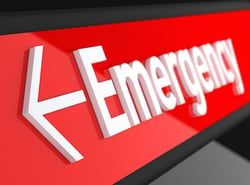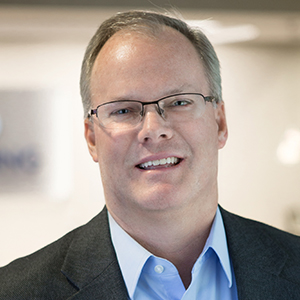One of the fastest-growing trends in healthcare is not happening at a university medical center or cancer research facility, but at your neighborhood shopping center, next door to Starbucks.
Freestanding emergency departments (FSEDs) – EDs not attached to a hospital – are proliferating in highly populated suburbia, thanks to less expensive, faster innovations in advanced imaging and testing and consumer demand for 24/7 access to care.
The Cassling team attended the second annual National Association of Freestanding Emergency Centers (NAFEC) conference in Houston this past week, and we learned a lot about this expanding delivery channel for emergency care.
For those of you who aren’t familiar with FSEDs, you might be surprised that they are not retail clinics or urgent care centers. They provide much more advanced services such as laboratory and blood testing, as well as advanced imaging, including X-ray, computed tomography and ultrasound.
FSEDs are staffed 24/7 with an emergency physician and no appointments are necessary. More than 95 percent of FSED patients are walk-ins (vs. via ambulance) seeking care for abdominal pain, sports injuries, heart attacks and more.
FSEDs can boast very high patient satisfaction scores and convenient locations—in fact, it’s not uncommon to have one FSED across the street from another. They also can achieve hospital-level quality of care without the wait times of traditional EDs.
Nationally, about 500 FSEDs are in operation. Nearly 70 percent are owned and operated by hospitals, according to a research report from Yale and Colorado universities. The majority is in Texas, Colorado and Arizona – states that do not require a license-seeking FSED to meet “determination of need” regulations.
But FSEDs are spreading. Just last year, a large hospital system in South Dakota announced it was opening the state’s first FSED. At the conference last week, we talked with physicians, hospital administrators and even investors from across the U.S. that are considering bringing this care model to their community.
Like any new venture, there’s a lot to learn. At the NAFEC conference, attendees heard about everything it takes to open and successfully run an FSED, such as understanding real estate laws and ownership of land/facilities, types of acceptable admissions and reimbursement requirements.
Thanks to healthcare reform, hospitals and providers are under immense pressure to provide the best value for patients and payers. So far, it looks like FSEDs can meet the demand for more efficient and high-quality healthcare. As a consumer, patient and father myself, I certainly am excited by the resources and innovation being reinvested into the system through this growing delivery channel for emergency care.
What are your thoughts about FSEDs? I look forward to your response in the comments, below.
If you or your facility is looking to open your own freestanding emergency department, give me a call at 800-228-5462 to discuss Siemens' imaging solutions for your unique market.






Comments